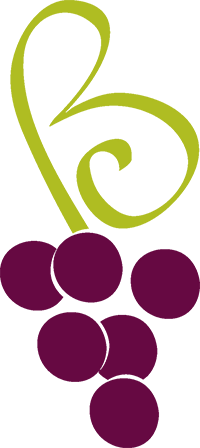Producers
-
Description:
The Jeanne Marie label was created by David Gordon, one of New York’s first recognized sommeliers, and the person responsible for the Wine Spectator Grand Award-winning wine list at Manhattan’s famed Tribeca Grill restaurant. The restaurant opened in 1990 by restaurateur Drew Nieporent and actor Robert DeNiro. Gordon, who is self-taught, began learning about wine in the 1980s just as Kevin Zraly was beginning to educate America on the world of wine. At the time, there were very few non-French somms working in the city and the British-born Court of Master Sommeliers was in its infancy.
“You had to pick up a book or magazine to learn about wine,” says Gordon. There were no YouTubes or Google or extensive training programs. The list now boasts over 1800 selections including verticals of some of the most sought-after producers.
While he tasted and learned about the best wines on the planet, which included expensive Burgundies and Rhône wines, Gordon always kept the consumer top of mind. “House” Cab and Chard were big sellers at the restaurant, so he set out to meet that demand with a genuine product that would deliver consistent quality.
“I started the Jeanne Marie line as a fun, cool thing to do,” says Gordon. “There really weren't any wines associated with sommeliers at the time. Now there are many, but these were definitely among the first. I named the wine after the person I worship, my wife of 30+ years- Jeanne Marie."
In the beginning, Gordon sourced the wines from his friends in Napa and Sonoma. Producers such as Caymus, Lewis Cellars, and Miner Family provided grapes and helped with the winemaking for the early cuvées. Gordon has kept to his original promise that wines with the Jeanne Marie label will always be affordable and delicious. “People want ripe fruit and a clean taste that’s not too oaky or tannic,” he says. The wines are refreshing, they can be drunk as an aperitif before dinner or with a meal."
Wines bearing the Jeanne Marie label, much like David Gordon himself, are welcoming and unpretentious.
Image: Region:
Region: -
Description:
For more information on Jeremy Quastana, please visit Selection Massale.
Available in California.
Image: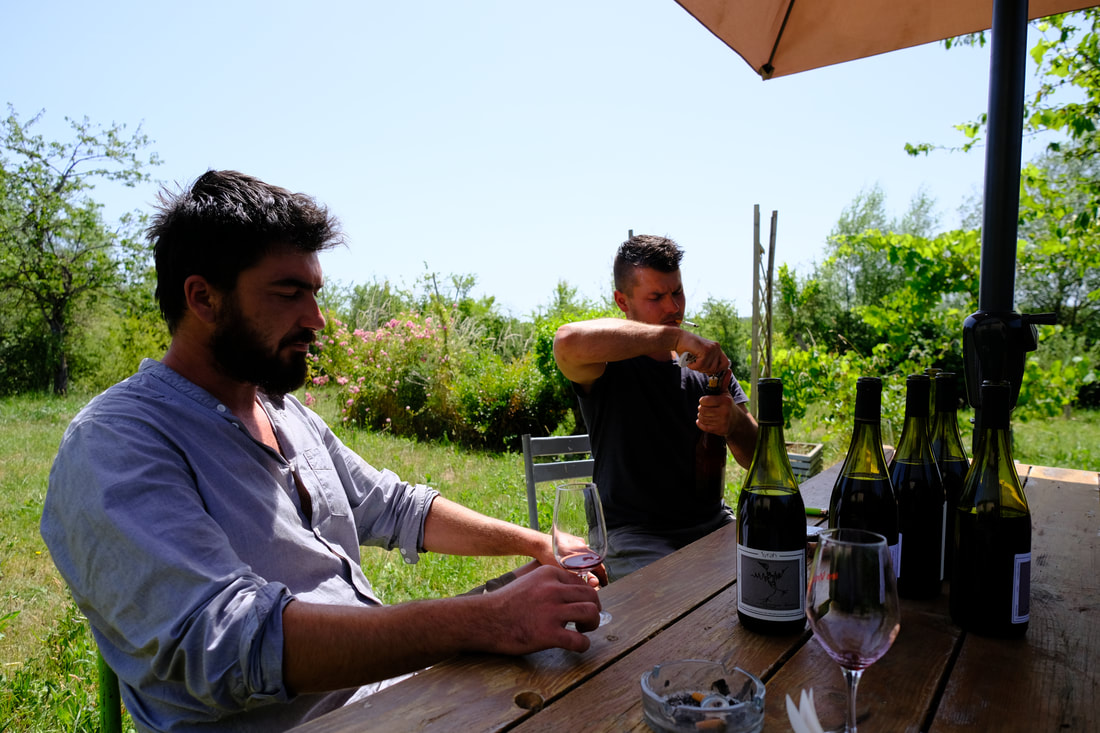 Region:
Region: -
Description:
Johnson Family is our value-driven private label produced for us from selected vineyard sites in California.
The current Cabernet Sauvignon is from certified sustainable vineyards in Alexander Valley, an area in Sonoma known for producing great Cabernet. In the past, we have produced Chardonnay and Pinot Noir under the Johnson label, but we only make wine when we are able to get high quality fruit at an affordable price. For now, only the Cabernet checks those boxes. These wines are made utilizing only the most exacting standards; low yields, minimal handling, sustainable farming, french oak aging and minimal fining and filtration. The proof is in the bottle as you will see when you taste the wine.
Image: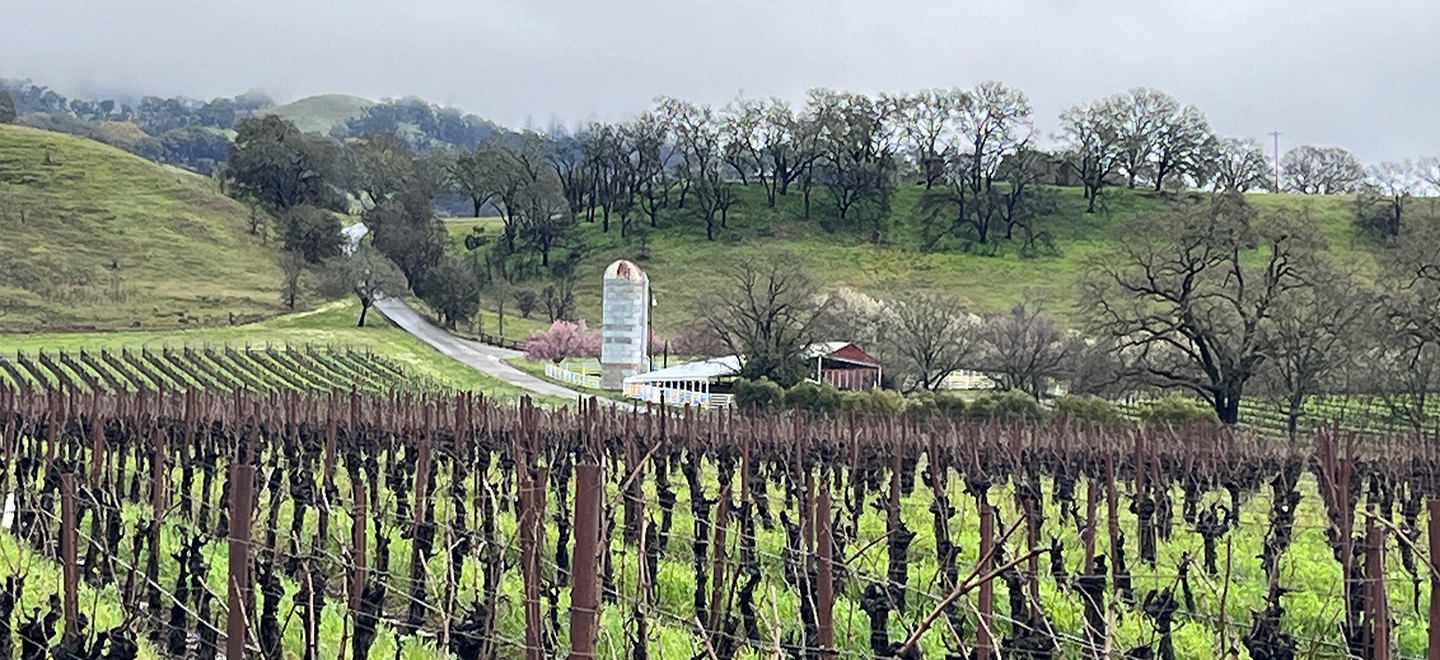 Region:
Region: -
Description:
The name Jolie-Laide translates loosely to Pretty-Ugly, a French term of endearment to describe something that is unconventionally beautiful. Based out of Sonoma County, California, Scott and Jenny Schultz work with a handful of growers to source fruit from spectacular vineyard sites, allowing them to keep a hands-off approach in the cellar. The winemaking method at Jolie-Laide is simple: grapes are left whole cluster, foot crushed, and aged in neutral oak. All ferments are done with native yeasts, and the only additions consist of a minimal dose of sulfur before bottling.
Scott began his transition into the winemaking world after a move from Chicago to run the beverage program at Thomas Keller’s Bouchon in Napa Valley. As he explains, “everyone I met was a winemaker, so on my days off I followed people around to see what they were doing." Before long, he had secured the cellar master job at Realm Winery, followed by a stint with Arnot-Roberts, and then joining Pax Mahle to work on the Pax and Wind Gap labels. Scott’s passion for winemaking inevitably led to his own project, Jolie-Laide, in 2010.
One feature to note – the labels change every year, featuring a different artist or art collective. “Our wines are a celebration of the year and seasons in which they are made, always unique and different, no two bottlings are ever the same.”
Image: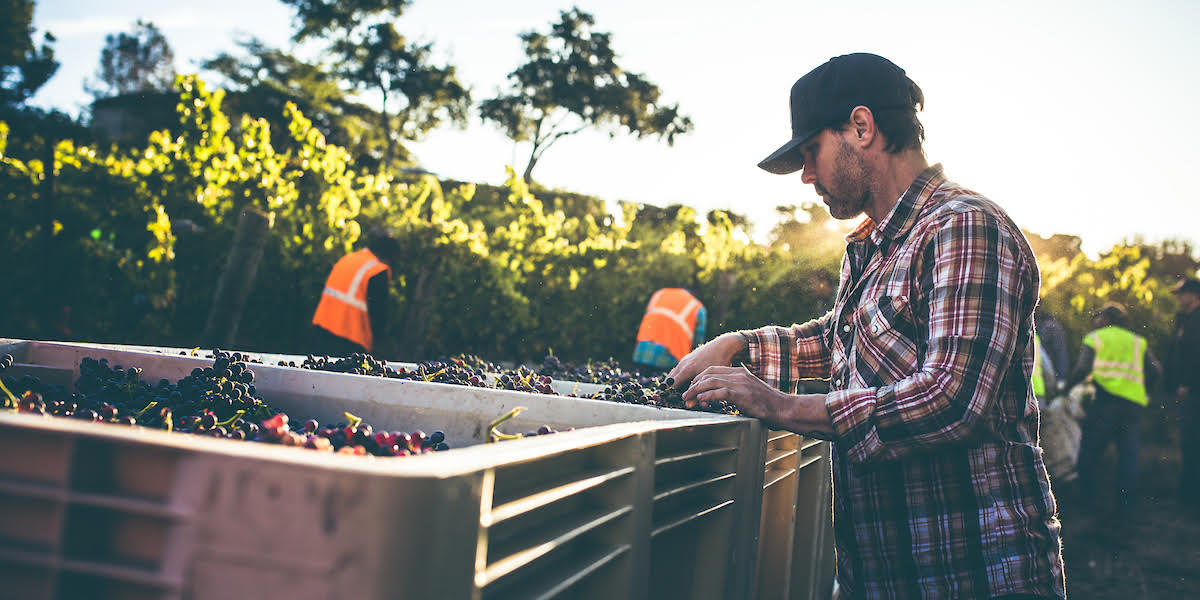 Region:
Region: -
Description:
José Luis Ripa Sáenz de Navarrete has seen the ins and outs of Rioja and knows its wine making history like no one else, having worked for many years with some of the most reputable houses in the region (full disclosure, he is married to Maria Jose Lopez de Heredia).
After seeing the many facets of the business he decided to create a label and make his own wine, a classic Spanish Aged Rosado from vineyards grown on one hectare in the Najerilla Valley, in Rioja Alta, which gets released with a little bit of bottle age.Image:Region: -
Description:
Alwin and Stef Jurtschitsch took over the family winery in 2006 and immediately got to work, converting all of the vineyards to organic viticulture, replanting more densely, using whey to treat mildew instead of using copper sulphate, and working with new pruning methods. All the vineyards are certified organic and protecting biodiversity has always been a priority. Jurtschitsch explains that, “The more life you have in the vineyard, the more stable the entire system is.” Wildlife is abundant in the Jurtschitsch vineyards, with many fruit trees, grass, garlic, wildflowers and butterflies fluttering among the vines.
Jurtschitsch aims for a classic style of Kamptal wines, but more like an old-style of classic, that was made by their grandparents. This means, emphasizing the cool climate of Austria and making wines with finesse that strike a balance of ripe fruit and fresh acidity. Stefanie Jurtschitsch manages the winemaking and she is making wines which let the vineyards and soils speak for themselves. They only use spontaneous fermentations and work without any additions, aside from minimal sulfur. The entry-level wines are made in stainless steel, but all the single vineyard Erste Lagen wines are aged in large oak foudres.
As of 2016, they have started a second line of wines called, ‘Discoveries of Langenlois’ which are bottled under “Alwin und Stefanie Jurtschitsch”. These wines push boundaries and allow them to play outside of the classic style, opting for skin contact, and low to no sulfur. Although the two lines show different expressions, the wines are coming from the same vineyards, farming is the same, and both are low intervention in the cellar; they are two sides to the same coin. The wines shine in multi-faceted elegance, offering drinking pleasure at highest level without being baroque and heavy.
Image: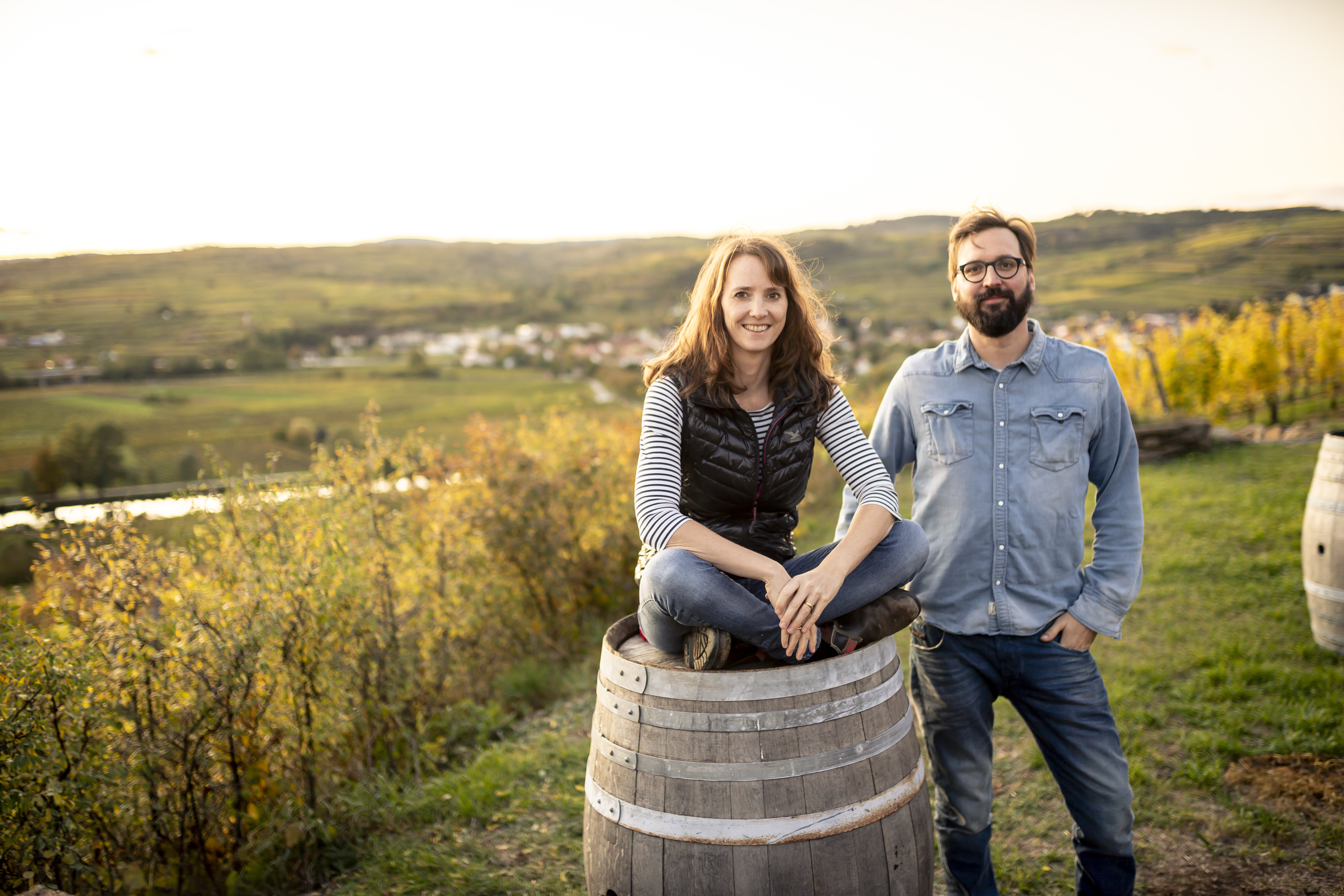 Region:
Region: -
Description:
In 1866, J.W. Kelly founded Deep Spring Distillery in Chattanooga, TN with the goal of creating the finest whiskey. Through his distillery and other ventures, Kelly eventually helped to revive the city after it's near decimation during the civil war. Kelly’s use of old-world pot distillation and custom mixture of corn, malted rye, and barley helped create a unique blend. His brand set the standard of excellence and was very prosperous not just throughout the South, but also the world. Now, more than 100 years later, his dream lives on as a world-class spirit with Chattanooga soul. Each bottling under the JWK banner gets it's name and style from his original releases, introduced to the world during the 19th century. The bourbons are still 100% pot distilled, before aging in char #3 American White Oak barrels and always bottled at a minimum of 94 proof. The rye whiskies deliver a punchy balance of fruit, spice and herbaceousness. Overall, the lineup offers an incredibly rich, and notably distinct drinking experience.
Image: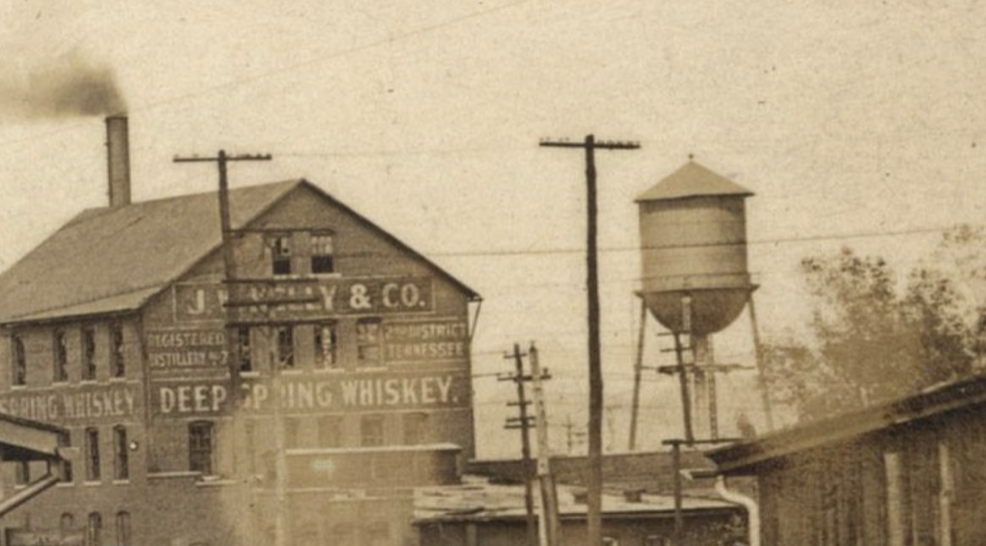 Region:
Region: -
Description:
A new collaboration between David Bowler and Brian Mulder from the Union Grove Distillery in Arkville, New York.
Union Grove Distillery is a “Farm Licensed” craft distillery located in Arkville, New York in the beautiful Catskill Mountains; the distillery opened on February 10, 2016. The name comes from the lost town of Union Grove which once stood about 10 miles south of the distillery location and now lies beneath the cold waters of the Pepacton Reservoir. Union Grove Distillery is fortunate to have at its disposal this same pristine water for their production.
For more on Union Grove Distillery, click here.
Image: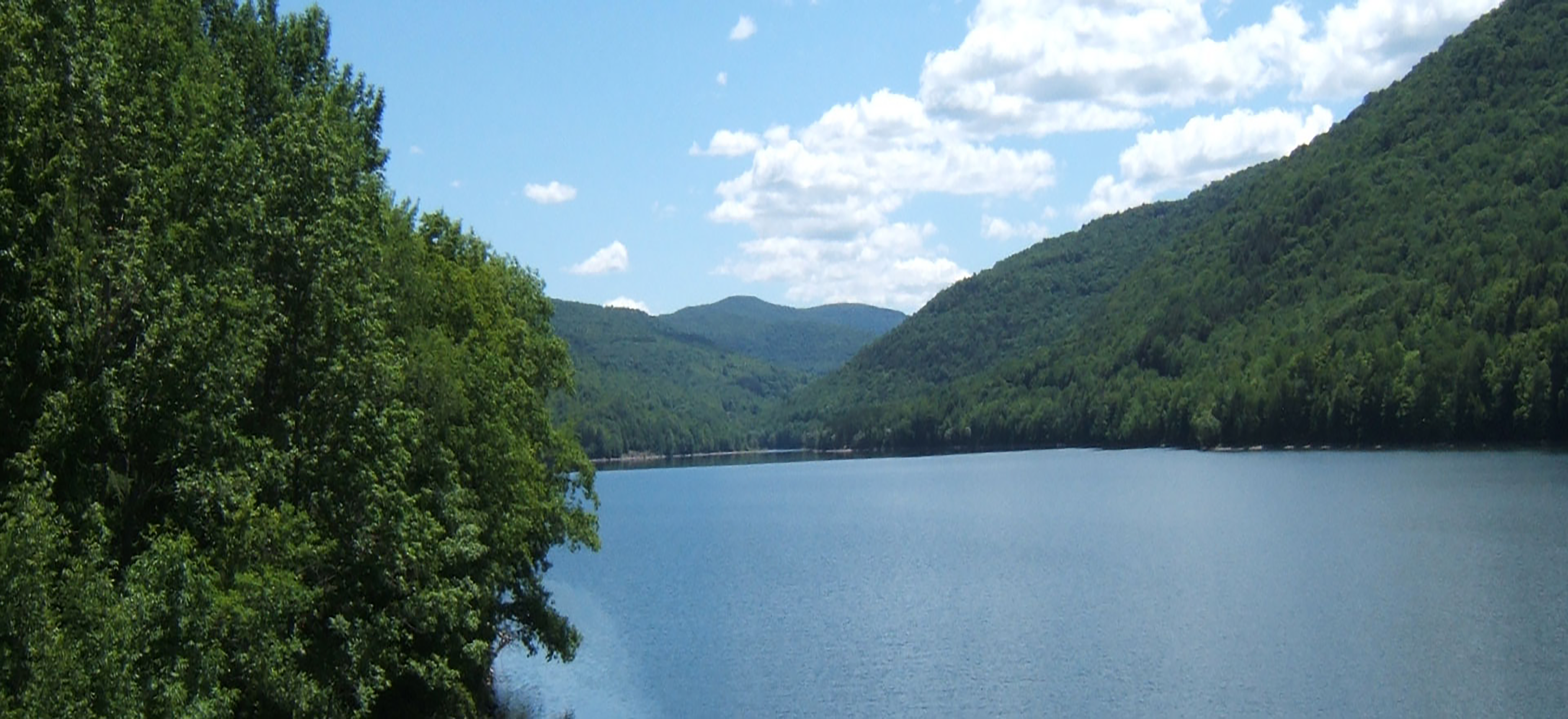 Region:
Region: -
Description:
This wonderfully traditional winery was established in 1758; Franz and his son Matthias represent the seventh and eighth generation here. The estate/s holdings currently consist of 26 hectares of vineyards in Deidesheim, Forst and Ruppertsberg, picturesque villages which lie in the shadow of the Mittelhaardt mountain range, and constitute the great winemaking heart of the Pfalz. Soils are a fantastic mix of geologies, primarily sandstone (bundsandstein) but also basalt boulders, lime and layers of loess and clay, contributing to the complexity and variety of the wines made here. The 200-year-old cellar includes large old barrels as well as modern stainless tanks used for the younger, fresher cuvées. Kimich produces about 100,000+ bottles of wine a year, 97% white wines composed of dry (80%), semi-dry (15%) and sweet (5%).
Matthias refers to his vineyards as "environmentally farmed to preserve the ecological balance of the Palatinate countryside." Here's what that means:
Transitioning ORGANIC since 2019, will be certified in 2022.
No herbicides, no fertilizers, no pesticides.
The winery operates with a negative carbon footprint.
Only sprays: Sulfur, copper, baking soda.
Not vegan; the wines are fined with isinglass.
Temperature controlled fermentations in stainless steel. Most bottlings are vinified with cultured yeasts, but spontan on the higher end cuvees.Image: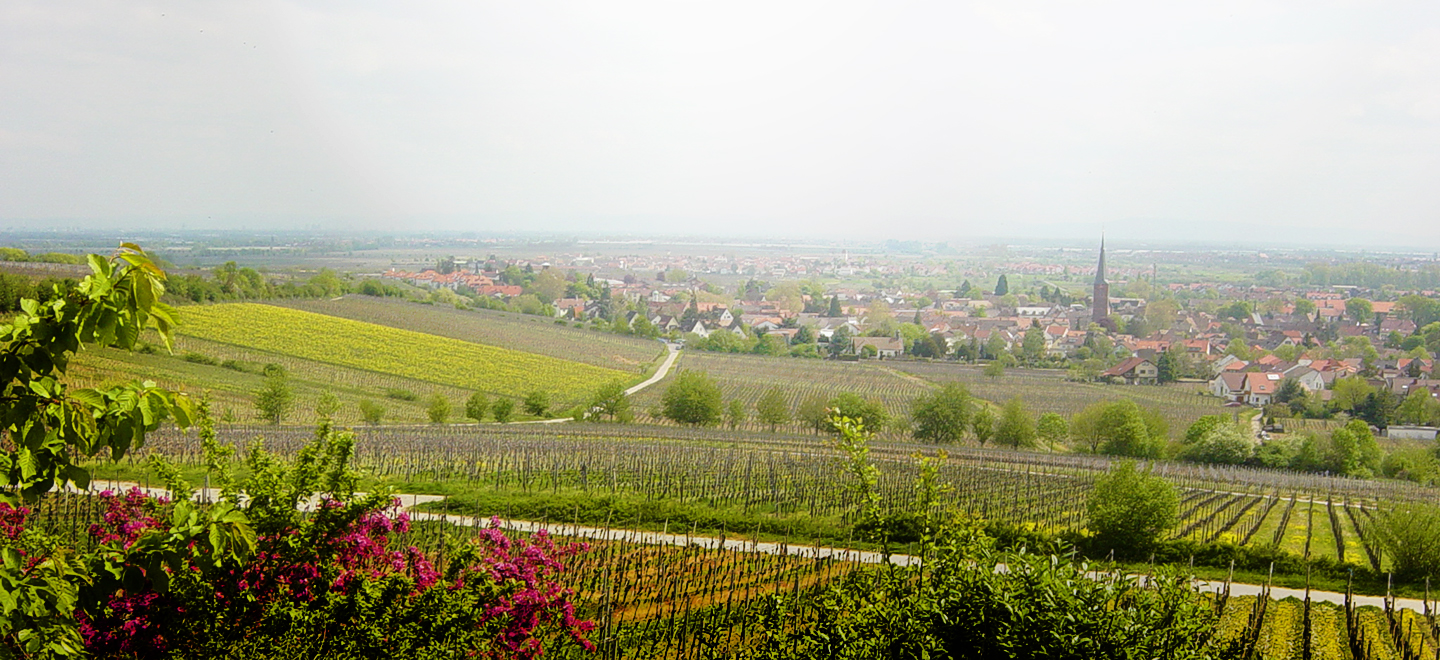 Region:
Region: -
Description:
Kobayashi Winery was founded in 2014 by Travis Allen and Mario Kobayashi and has since become one of the most exciting and distinctive new projects to emerge from Washington State. Their journey into the Washington wine business was anything but conventional, as neither had a formal winemaking background. In 2007, Travis and Mario moved their family to the Pacific Northwest after Travis accepted a position as a nurse anesthetist at Seattle Children's Hospital—a role he continues to hold part-time.
Having long been a serious student of wine, Travis eventually decided to try his hand at production, starting with a single barrel of Cabernet Franc at an urban winery in Seattle. From that modest 25-case debut in 2014, Kobayashi Winery has grown to produce fewer than 1,000 cases annually—intentionally remaining small-scale, with no plans to expand.
Today, production takes place at Force Majeure Winery in Milton-Freewater, just south of Walla Walla. Kobayashi focuses on Northern Rhône varieties and Cabernet Franc sourced from premier Columbia Valley vineyards, including WeatherEye and Red Willow. The wines strike a balance between being rooted in Washington terroir while driven by an innovative, boundary-pushing spirit. From hand-crushing individual Syrah clusters into puncheon fermenters to aging Cabernet Franc in Mizunara oak barrels imported from Japan, Travis and Mario's attention to detail and willingness to experiment sets their work apart. We are thrilled to welcome Kobayashi to the Bowler portfolio!
Image: Region:
Region:
